Social Emotional Learning Teaching Resources
Are you on the hunt for social emotional learning activities, printable PDFs, and more to bring SEL to life in your primary lessons this school year? The list of academic benefits of SEL instruction is a mile long, and the Teach Starter teacher team has created a robust collection of social and emotional learning resources made with teachers – and your students — in mind.
We've made planning your social-emotional learning lessons simple with printable SEL worksheets and digital social and emotional activities designed specifically for the needs of primary school students. Each resource in this collection has undergone rigorous review by the expert teachers on our team to make sure you'll be comfortable passing them out in the classroom or sending them home in a student's bag.
Pardon us if we're sharing something you already know (feel free to skip right to the social emotional learning activities!), but if you're new to incorporating SEL into your classroom, you may need a quick refresher! Read on for a guide from our teacher team!
What Is Social-Emotional Learning?
The most common social-emotional learning — or social and emotional learning — definition describes SEL as 'the process through which all young people and adults acquire and apply the knowledge, skills, and attitudes to develop healthy identities, manage emotions and achieve personal and collective goals, feel and show empathy for others, establish and maintain supportive relationships, and make responsible and caring decisions.'
It's a bit of a mouthful, but essentially social and emotional learning covers five core competencies:
- Self-Awareness
- Self-Management
- Social Awareness
- Relationship Skills
- Responsible Decision Making

Where Did Social Emotional Learning Come From?
Teachers have been teaching many of the skills that now fall under the social and emotional learning curriculum for centuries. It's always been our goal to help shape little minds to be caring, productive, and engaged citizens.
But the roots of what we now consider SEL can be traced back to a project in the New Haven, Connecticut schools in the United States where school administrators worked with Yale University researchers, parents, mental health workers and teachers to refocus not just the school's academic programs but their social ones too. The project started in the 1960s at two schools considered 'underperforming,' and by the 1980s, these same schools had academic scores that were at the top of American school rankings.
From there, the K-12 New Haven Social Development program was born, establishing a framework for incorporating social and emotional learning into the curriculum. Meanwhile, the non-profit Collaborative for Academic, Social, and Emotional Learning (CASEL) was born in 1994, helping to really bring the term 'social and emotional learning' into the zeitgeist.
CASEL was born out of the New Haven projects and helped shape the official definition of SEL listed above in 1997. It now works to expand SEL in schools around the globe.
Why Is Social-Emotional Learning Important?
Not sure you have time to fit all of this in alongside the standards that you're preparing students to meet? A solid social and emotional learning curriculum will help students with everything from managing emotions and developing coping skills to setting positive goals, engaging in positive relationships and solving problems effectively — all important competencies for your classroom.
The importance of SEL is hard to overstate, but here are a few core benefits:
- Promote mental health and well-being — Teaching social and emotional lessons in the classroom can help students develop the skills they need to manage their emotions, build positive relationships and cope with stress and challenges. It's a small step toward better mental health for all.
- Improve academic performance — There's strong research showing that students who have strong social and emotional skills are more likely to be engaged in learning and perform better academically.
- Create a positive classroom culture — Teaching social and emotional lessons can help create the kind of classroom culture where students feel safe, respected and supported — exactly what we all strive for!
- Prepare students for life after school — Social and emotional skills are essential for success beyond the classroom, be it at home in the immediate future or in uni or the workforce. Teaching these skills helps students be better equipped to handle the challenges they will face.
- Address specific social and emotional needs — Teaching social and emotional lessons can help address students' specific needs, such as building self-esteem, managing emotions and developing empathy for others. This can also help to create a more inclusive and equitable classroom where all students feel respected and valued. It's also good for your overall classroom management.

How to Teach Social and Emotional Lessons
There's little question that there's value in social and emotional learning, but how do you actually teach it? There's no simple answer here, as the exact methodology will differ based on year level, individual student needs and even your classroom dynamics!
That said, here are some strategies from our teacher team to keep in mind as you consider how you're incorporating the components of SEL in your instruction:
- Modelling — This is likely no surprise — we are our students' role models in the classroom for so much. Don't underestimate the value of your own active listening, displays of empathy and self-regulation, and other skills that are essential for your students' social and emotional development.
- Classroom Culture — Establishing a safe and supportive learning environment where students feel respected, valued and empowered goes a long way. Fostering a sense of community, promoting positive communication and encouraging collaboration and teamwork are all helping kids build their SEL quotient!
- Integration — Of course, you can (and should) have explicit instruction on SEL, but you can also incorporate SEL concepts into your core subject lessons. Discuss emotions related to a character in a book or working on group projects that require collaboration and communication. If you're teaching maths, emphasise the importance of perseverance and problem-solving skills. Teaching HAAS? Discuss empathy and the ability to understand different perspectives. It all comes together!
- Plus Plan
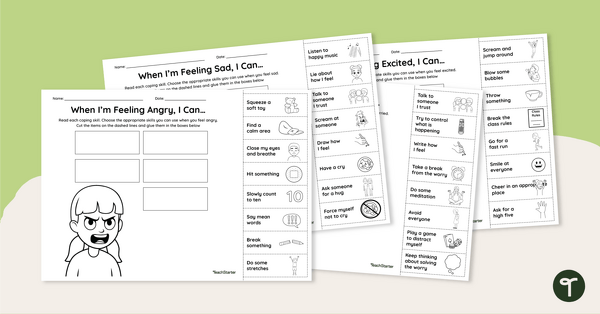
Managing Big Emotions – Cut and Paste Worksheets
Empower students to identify and manage big emotions with this set of cut-and-paste worksheets for early years students.
- Plus Plan
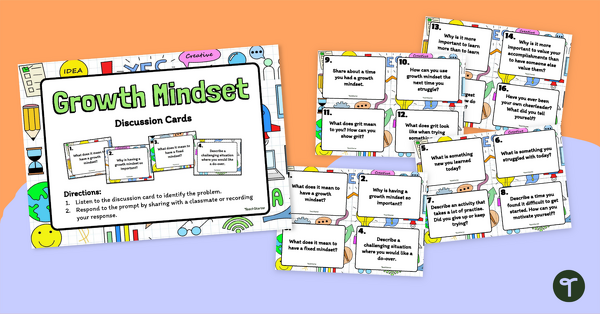
Growth Mindset Discussion Cards
Explore growth mindset with your students with this set of discussion cards.
- Plus Plan
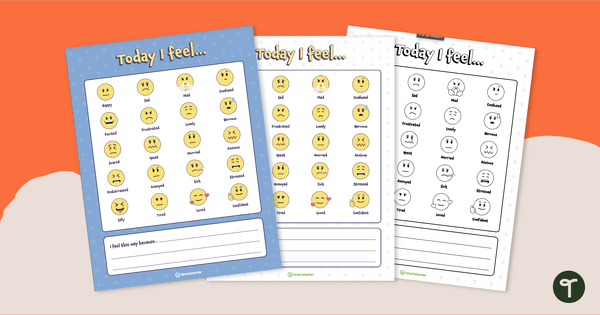
Student Daily Check-In Template
Check in on your students' emotions each day with a printable emotions chart.
- Plus Plan
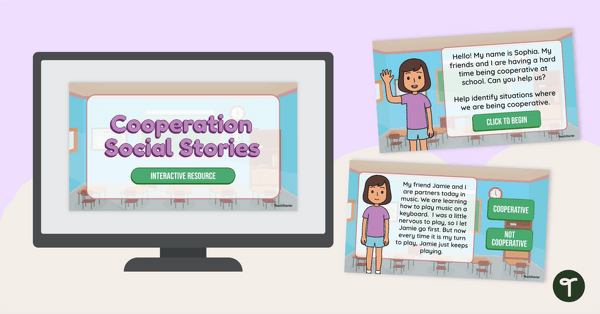
Cooperation Social Stories - Interactive Activity
Help your students differentiate between uncooperative and cooperative behaviour in social situations with an interactive activity.
- Plus Plan
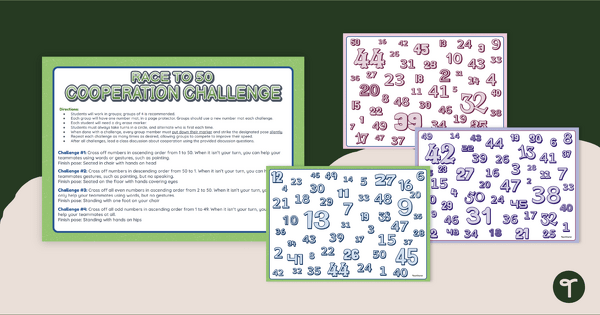
Race to 50: Cooperation Challenges
Explore the benefits of cooperation with a set of team-building number race activities.
- Free Plan
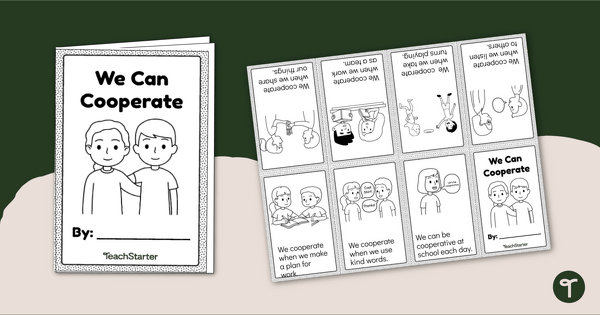
We Can Cooperate Mini Book
Read to learn about cooperative behaviour with a printable one-page foldable mini book.
- Plus Plan
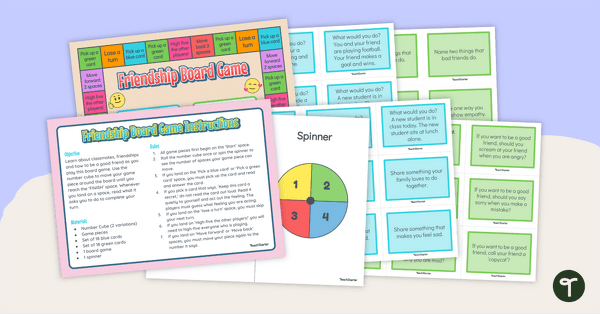
Friendship Fun! – Board Game
Discuss characteristics of healthy friendships as well as how to repair relationships with a fun and engaging board game.
- Plus Plan
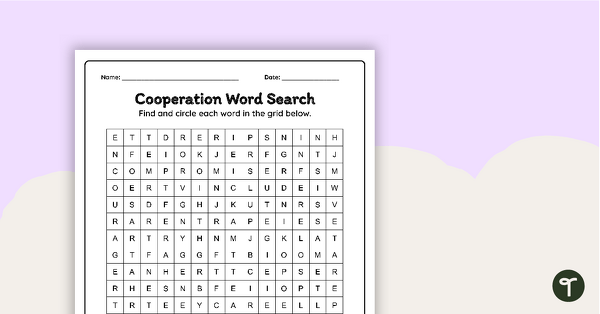
Cooperation Word Search
Review vocabulary and boost your students’ cooperative interaction skills with a word search worksheet.
- Free Plan
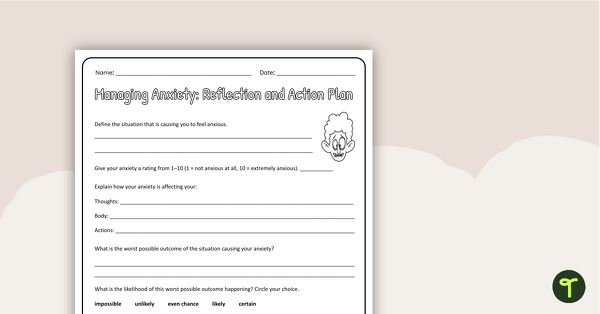
Managing Anxiety Worksheet (Upper Primary)
Help older students identify and manage anxious feelings with this self-reflection and action plan worksheet.
- Plus Plan
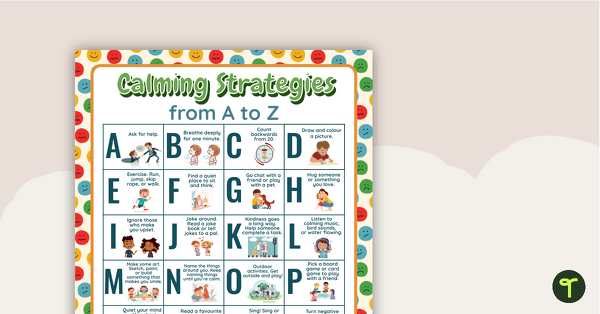
Calming Strategies A-Z Poster
Help students find coping methods with our classroom display poster highlighting 26 effective strategies for handling intense emotions.
- Plus Plan
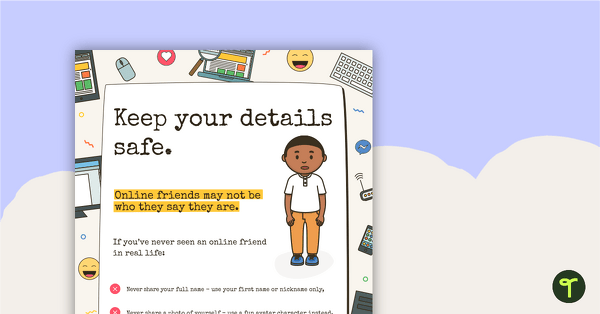
Cyber Safety Poster – Keep Your Details Safe
A cyber safety poster to help the students understand correct online behaviour.
- Plus Plan
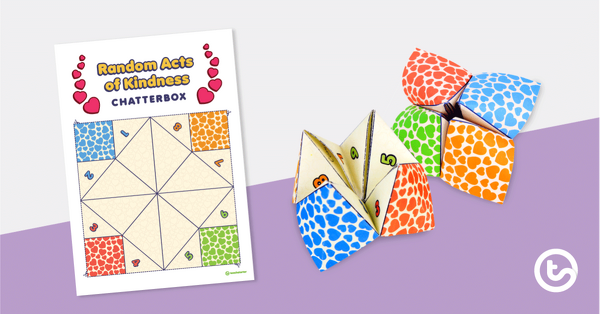
Random Acts of Kindness Chatterbox
A random acts of kindness chatterbox template.
- Plus Plan
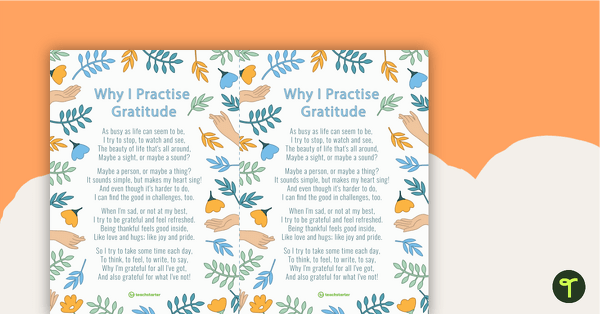
Gratitude Journal Poem
A poem that explains the purpose of a gratitude journal.
- Free Plan
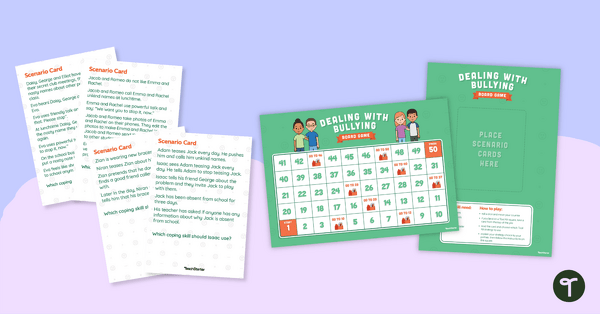
Dealing with Bullying Board Game
A fun board game for students to play when encouraging the use of resilience strategies.
- Plus Plan
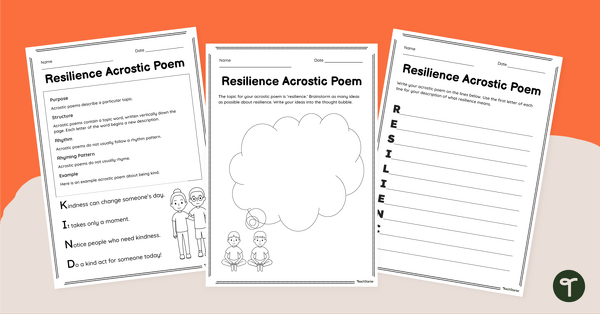
Resilience Acrostic Poem Worksheet
Have students write a resilience poem to help them understand the meaning of this crucial social-emotional skill.
- Plus Plan
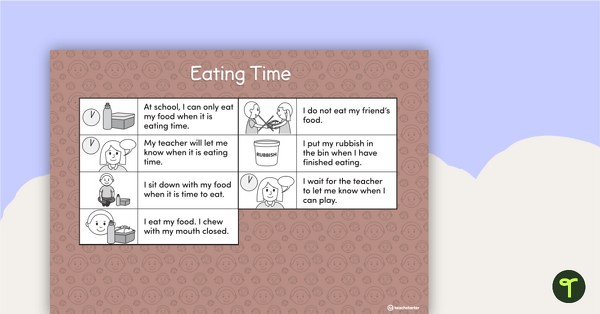
Time To Eat – Lunch Procedures Mini Book
Teach your students appropriate lunch procedures with a printable Time to Eat Social Stories booklet.
- Free Plan
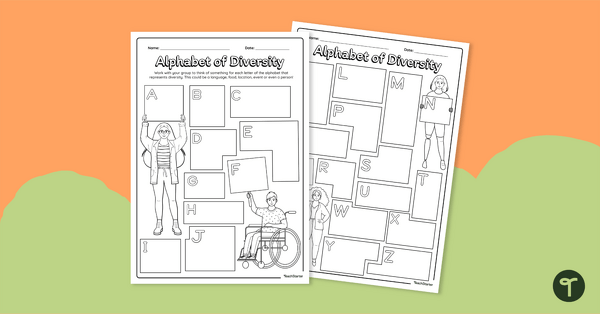
Alphabet of Diversity Worksheet
Celebrate diversity in your classroom with this alphabet of diversity worksheet.
- Plus Plan
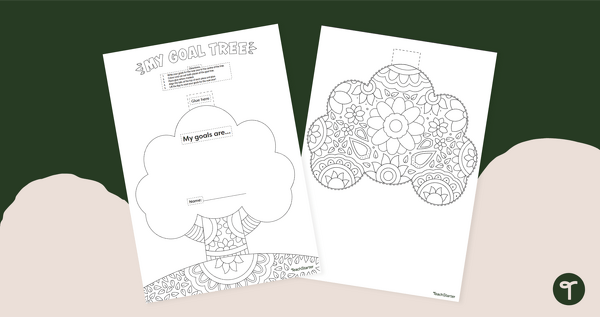
'My Goal Tree' - Goal Setting Worksheet
Grow new back to school goals with a printable goal setting tree template.
- Plus Plan
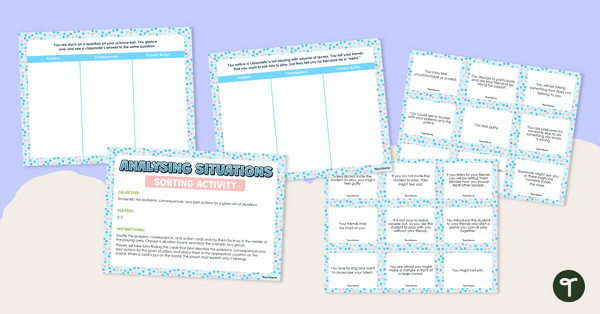
Analysing Situations Sorting Activity
Use this sorting activity with your students to practise analysing situations for their problems, consequences and possible solutions.
- Plus Plan
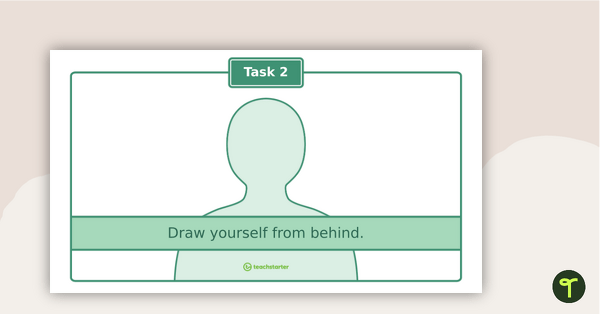
30 Mindful Drawing Tasks
30 drawing tasks to promote mindfulness in your classroom.
- Plus Plan
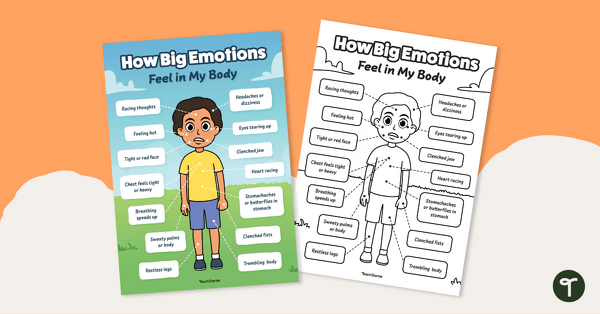
How Big Emotions Feel in My Body – Poster
Help your students identify the signs their body gives them that they are experiencing a ‘big’ emotion with this informative classroom poster.
- Plus Plan
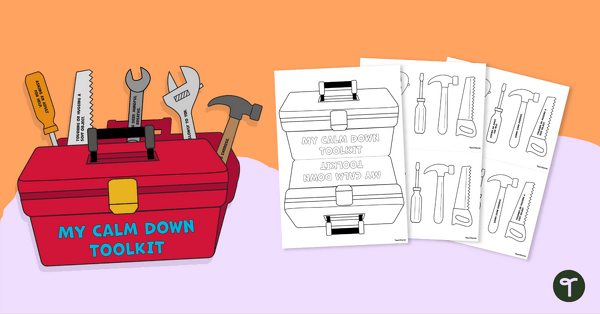
My Calm-Down Toolkit
Help your students calm down when they experience a big emotion with this printable coping skills toolbox template.
- Free Plan
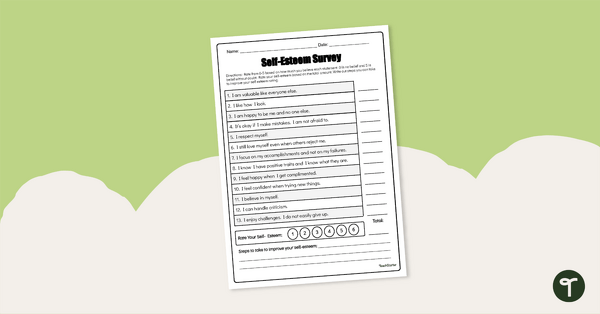
Self-Esteem Survey Worksheet
Explore self-esteem with your students with this printable self-esteem survey.
- Plus Plan
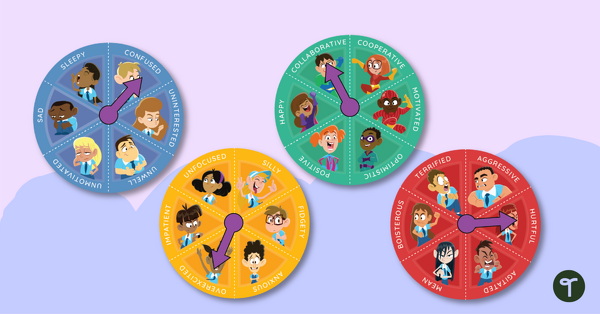
Emotional Self-Regulation – Student Mood Meter
Allow your students to communicate how they are feeling using a non-verbal, desk-sized mood meter.
- Plus Plan
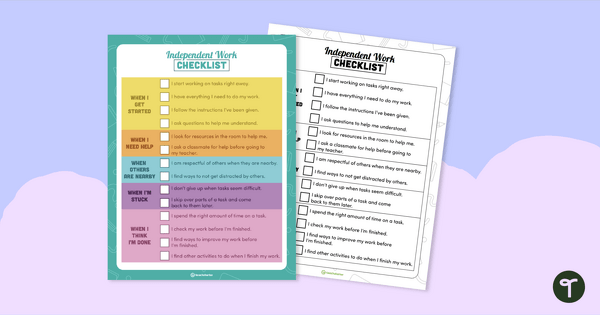
Classroom Routines for Independent Work Checklist
Give your students a checklist to remind them of classroom routines to follow when working independently.
- Plus Plan
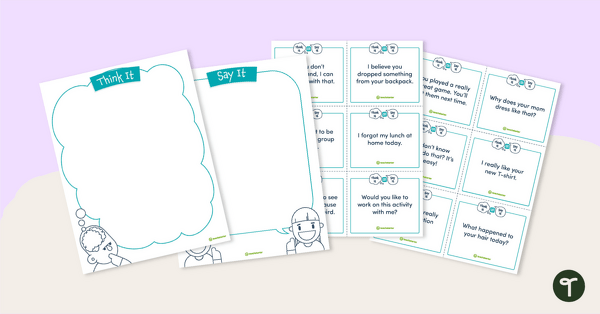
Think It or Say It? - Sorting Activity
Teach students about using a filter when speaking with others.
- Plus Plan
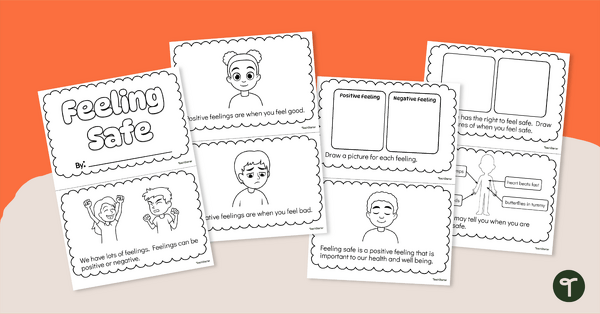
Feeling Safe Mini-Book
Explore positive and negative feelings and what it feels like to be safe with this mini-book.
- Plus Plan
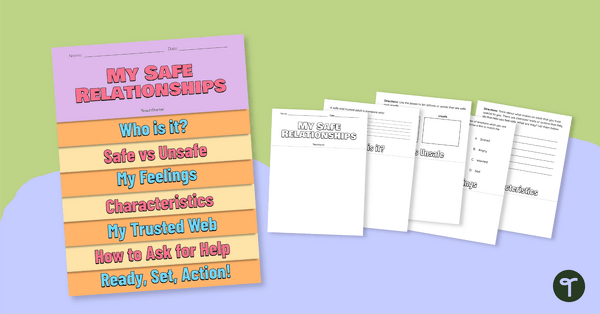
My Safe Relationships Flipbook
Explore what makes a safe relationship and who is in your trusted network with this flipbook.
- Plus Plan
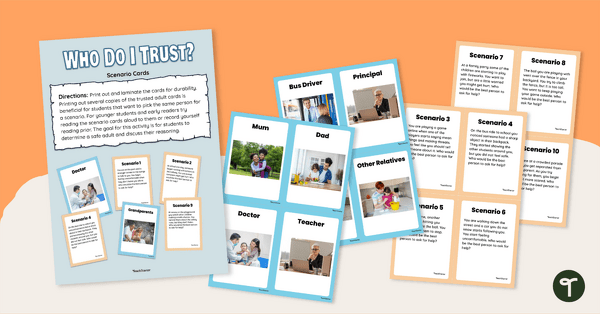
Trusted Adult Scenario Task Cards
Help students understand who is in their trusted adult network and who to go to for help.
- Plus Plan
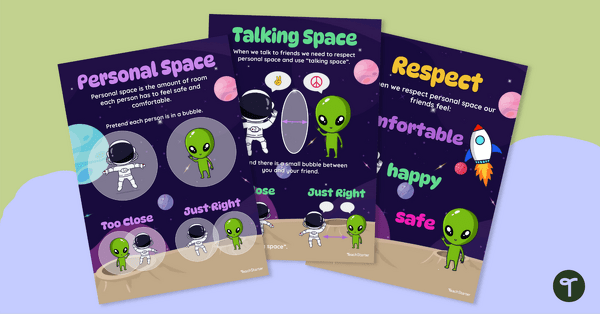
Personal Space Posters
Learn about personal space with these space-themed classroom posters.
- Plus Plan
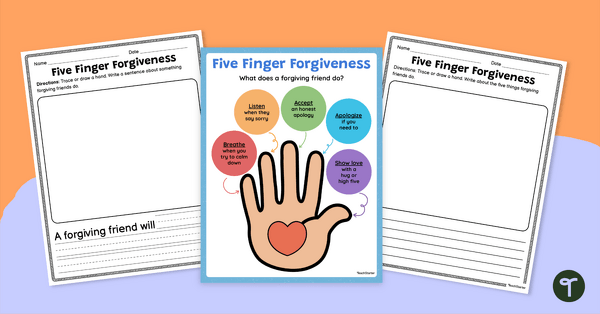
Five Finger Forgiveness – Poster and Writing Activity
Teach your students how to forgive others in order to keep and maintain relationships with this poster and writing prompt.
- Plus Plan
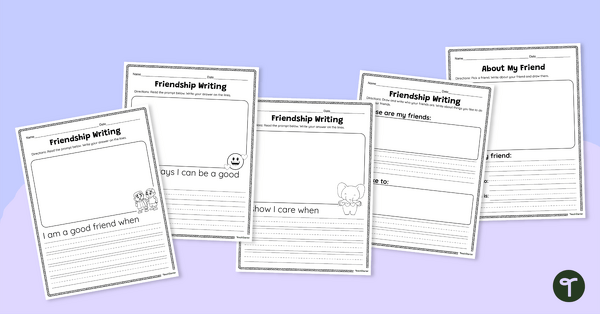
Friendship Writing Prompts
Encourage positive relationships by using our friendship writing prompts in your classroom.